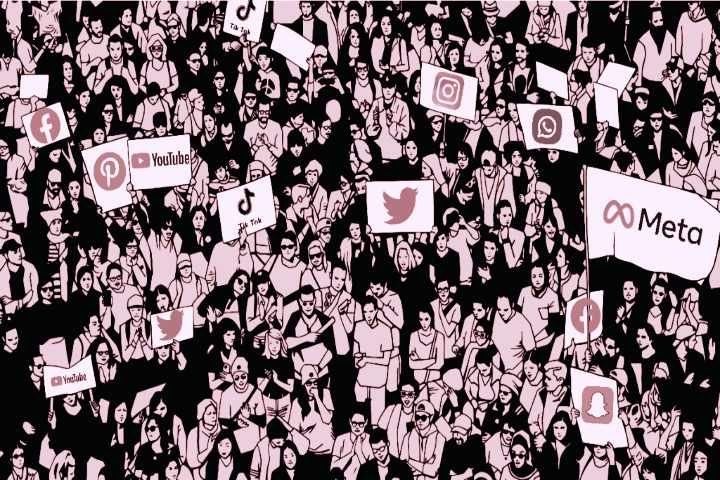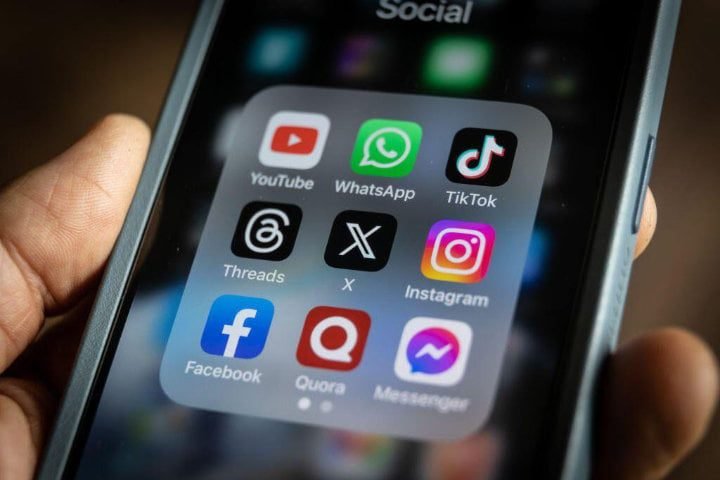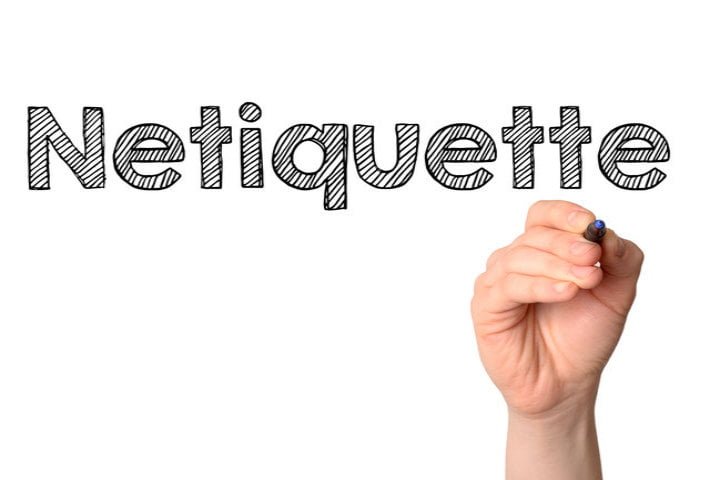CUET UG Social Media
Role of Media in Democracy
The “Role of Media in Democracy” is a frequently asked topic in the social media section of the CUET UG entrance exam. This article breaks down key concepts, examples, and quick revision points to help you prepare effectively!
Key Definitions
Democracy: A political system where people choose their leaders and have a say in decision-making. Media: Platforms (print, electronic, digital) that inform, educate, and create public opinion.
How Media Supports Democracy
Information Dissemination: Spread facts and news.
Accountability: Question leaders, expose corruption.
Representation: Give voice to citizens and groups.
Education: Raise awareness about issues and rights.
Types of Media
| Type | Examples | Role in Democracy |
|---|---|---|
| Traditional | Newspaper, Radio, TV | Trusted, wide reach |
| New/Social Media | Facebook, X, Insta | Youth engagement, activism |
| Digital Media | News apps, blogs | Instant updates, feedback |
Social Media’s Impact on the Democracy in India
In the digital age, social media has become an integral part of our daily lives, transforming the way we communicate, share information, and engage with the world around us. As these platforms continue to evolve and expand their reach, their influence on democratic processes has become increasingly apparent. India, the world’s largest democracy, showcases the significant impact of social media on public opinion, political discourse, and civic engagement.
Let’s explore the relationship between social media and democracy in India, discussing the opportunities and challenges that come with this digital revolution. We will explore how social media platforms support information sharing, promote collective identities, and empower cyber activism. By analyzing these aspects, we aim to provide a comprehensive understanding of how social media is reshaping the landscape of Indian democracy.
Information Sharing on Social Media
In the world of democracy, having access to information is crucial. Social media has revolutionized the way information is shared, allowing people to access and distribute knowledge easily. The transformation has had major implications for India’s democratic processes.
Efficient Distribution of News and Events
Social media platforms like X (formerly Twitter), Facebook, and WhatsApp are popular platforms for getting up-to-date information on current events. During crucial times, like elections or natural disasters, these platforms facilitate the swift dissemination of information, often surpassing traditional media outlets.
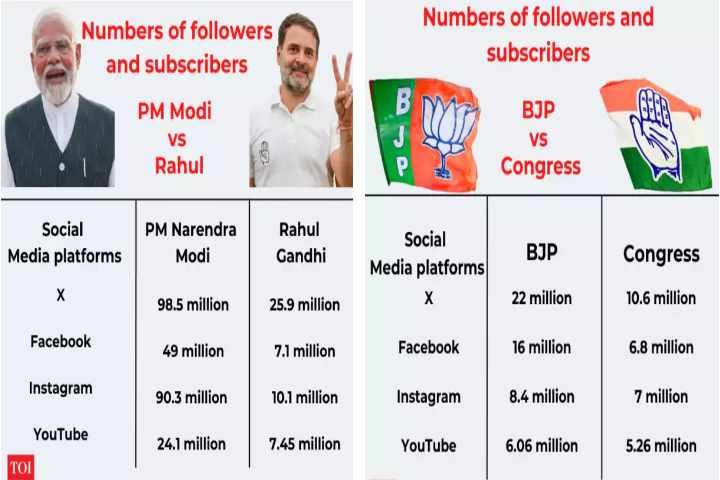
During the 2024 Indian general elections, political parties utilized social media such as YouTube, Facebook, and others to livestream roadshows, rallies, and media conferences in real time. This enabled the parties to reach the masses directly without solely depending on traditional TV news channels.
Bypassing Traditional Gatekeepers
One of social media’s most significant impacts on information sharing is its ability to circumvent traditional gatekeepers. In India, where media ownership is often concentrated in the hands of a few powerful entities, social media provides a platform for alternative voices to be heard.
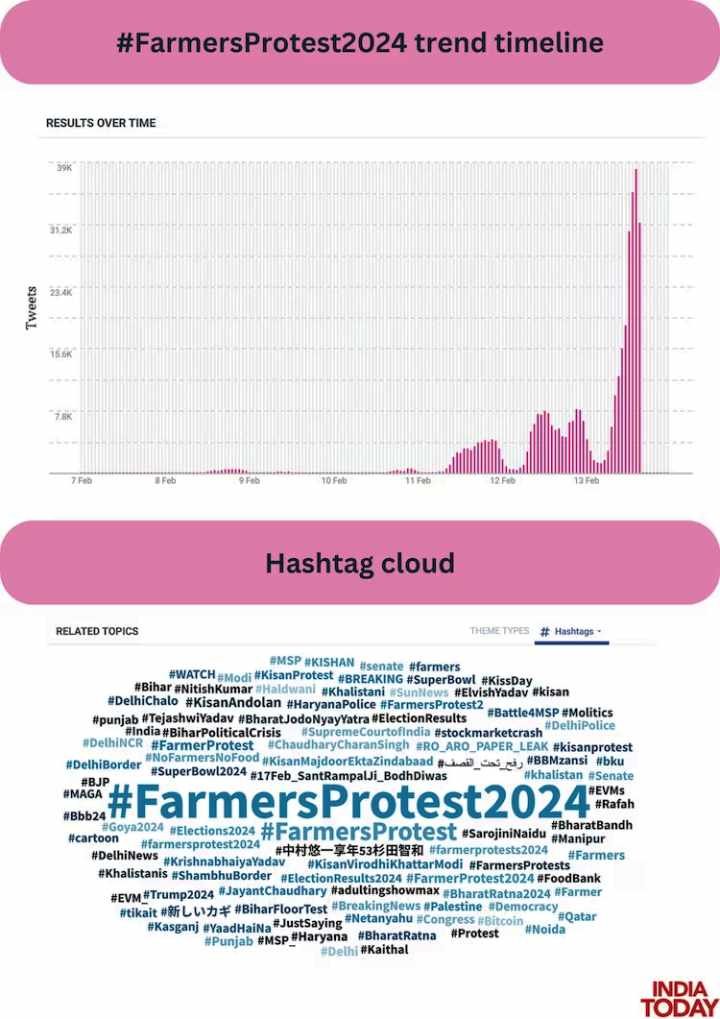
Citizen journalism has flourished on these platforms, with individuals using their smartphones to document and share events that might otherwise go unreported. The farmers’ protests of 2024 serve as a prime example, where social media played a crucial role in amplifying the voices of protestors.
Fact-Checking and Misinformation
While social media has expanded access to information, it has also created new challenges for verifying its accuracy. The spread of misinformation and “fake news” has become a significant concern in India, potentially undermining the informed decision-making essential to a healthy democracy.
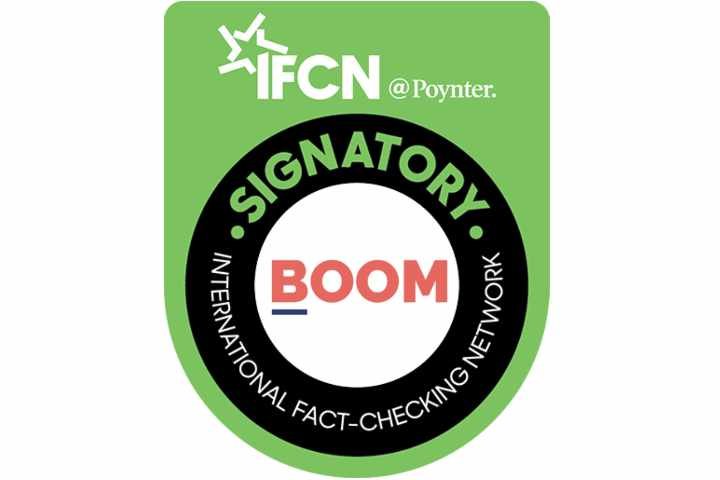
To combat this, several fact-checking initiatives have emerged. For example, the Boom Live fact-checking website has partnered with Facebook to identify and flag false information circulating on the platform. However, the sheer volume of content shared on social media makes comprehensive fact-checking a daunting task.
Government Communication and Transparency
Social media has also transformed how the Indian government communicates with its citizens. Many government departments and officials now maintain an active social media presence, using these platforms to share updates, announce policies, and engage directly with the public.
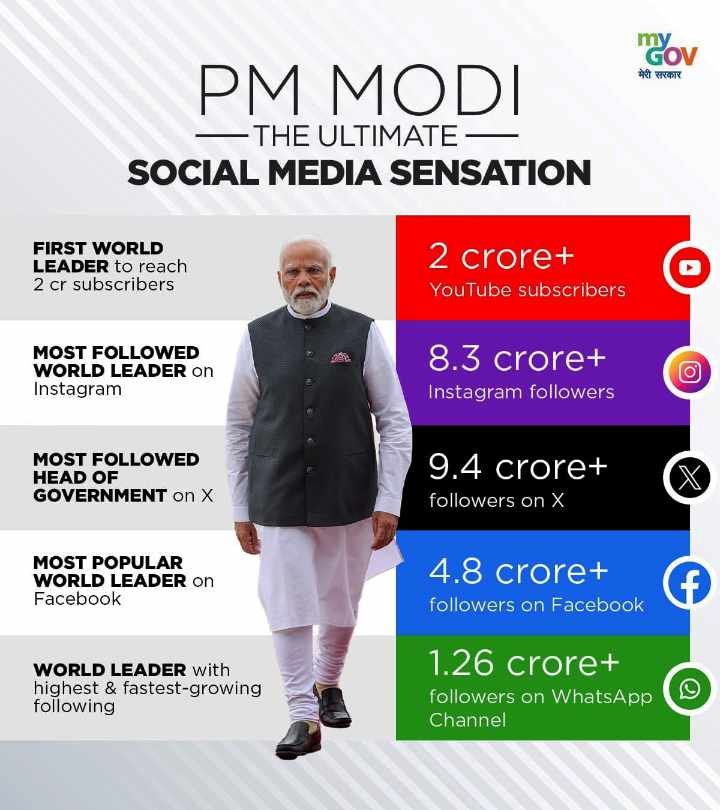
Prime Minister Narendra Modi, known for his savvy use of social media, is the most followed world leader. This direct line of communication between political leaders and citizens represents a new dimension in democratic engagement.
Understanding the impact of social media on information sharing in India’s democracy is a nuanced task. The speed and reach of information dissemination have been enhanced, giving citizens more power and promoting transparency. Yet, it has also brought about challenges in terms of verifying and ensuring the reliability of information. In order to ensure the well-being of India’s democracy, it is crucial to focus on maximizing the positive aspects of the information revolution and minimizing its negative effects.
Creating Collective Identities on Social Media
Social media platforms have become powerful tools for shaping and expressing collective identities in India’s diverse democracy. These digital spaces allow individuals to connect with like-minded people, form communities, and rally around shared causes or ideologies. This phenomenon has important implications for democratic processes and social movements in the country.
Virtual Communities and Echo Chambers
Social media enables the formation of virtual communities that transcend geographical boundaries. In India, where regional, linguistic, and cultural diversity is vast, these platforms allow people to connect based on shared interests, beliefs, or identities.
For example, religion-based groups on Facebook have become hubs for religious exploration and practices. The “Convert to Islam” community, with over 1.8 million members, not only shares the traditions, teachings, and practices of Islam but also fosters a sense of supportive community rooted in the Islamic faith.
However, the flip side of this community-building is the potential creation of echo chambers. This is not limited to one faith or religion. The politics-based Facebook group supporting a political party also falls into this category. As algorithms curate personalized content feeds, users may find themselves in digital bubbles that reinforce their existing beliefs and limit exposure to diverse perspectives. This polarization can pose challenges to democratic discourse and national unity.
Political Mobilization and Party Affiliations
Political parties in India have recognized the power of social media in shaping collective identities and have leveraged these platforms for mobilization and outreach. The Bharatiya Janata Party (BJP), for instance, has been particularly successful in using social media to build a strong digital presence and engage with supporters.
During the 2019 general elections, the BJP’s social media strategy included creating thousands of WhatsApp groups to disseminate party messages and mobilize voters. This approach helped create a sense of belonging among supporters and facilitated rapid information sharing within the party’s digital ecosystem.
Hashtag Activism and Social Movements
Social media has given rise to new forms of collective action through hashtag activism. Movements that gain traction online can quickly translate into real-world impact, as seen with campaigns like #MeTooIndia.
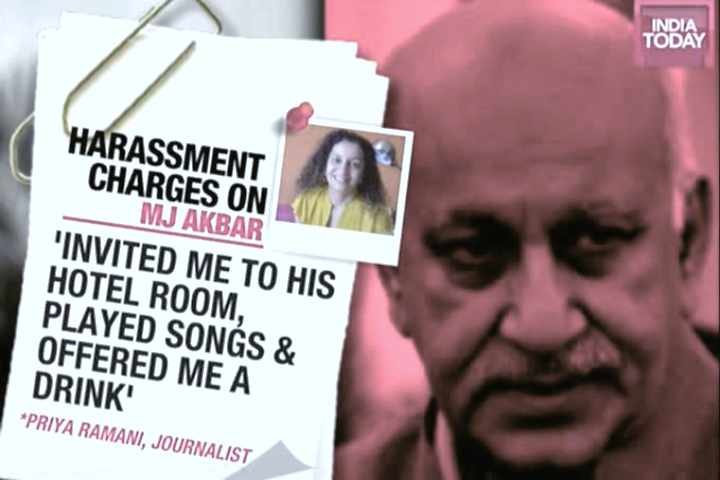
The #MeTooIndia movement, which gained momentum in 2018, used social media to create a collective identity around the issue of sexual harassment. Women from various fields, including journalism, entertainment, and politics, shared their experiences using the hashtag, leading to a national conversation on gender equality and workplace safety.
Caste and Religious Identities Online
Caste and religious identities play a significant role in India’s complex social fabric. Social media has provided new platforms for expressing and reinforcing these identities, which has sometimes led to increased tensions or solidarity.
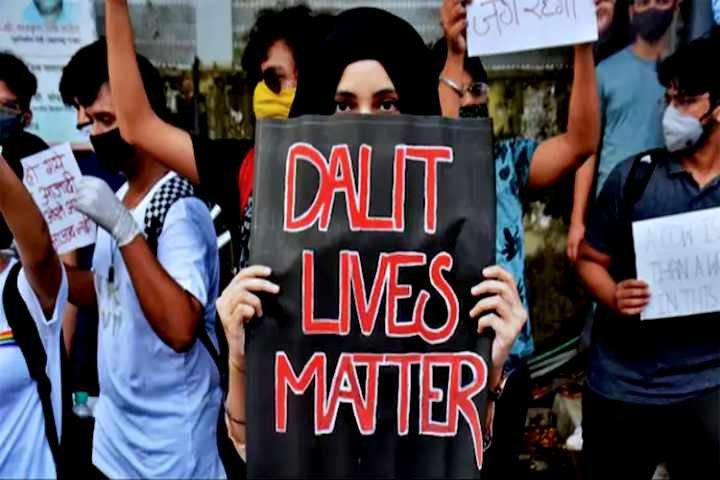
On the one hand, marginalized communities have found empowering spaces online. Dalit activists have used platforms like Twitter to raise awareness about caste discrimination and mobilize support for their causes. The #DalitLivesMatter hashtag, which grew out of the global Black Lives Matter movement, has become a focal point for discussions on caste-based oppression.
On the other hand, religious polarization on social media has, at times, worsened communal tensions. The dissemination of provocative content or misinformation targeting specific religious groups has resulted in real-world consequences, underscoring the importance of responsible use of these platforms.
Youth Engagement and Digital Citizenship
For India’s large youth population, social media is often the primary space for civic engagement and identity formation. Platforms like Instagram and TikTok have become arenas for young Indians to express their views on social and political issues, often through creative and engaging content.
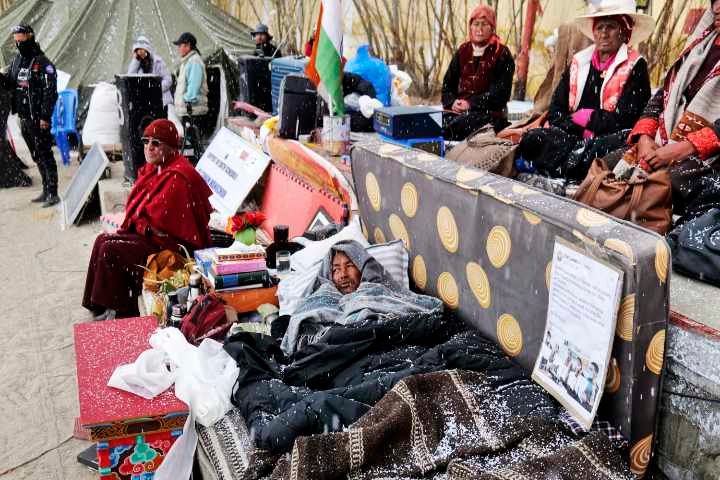
The youth-led climate strikes in India, inspired by global movements, gained traction largely through social media organizing. Young activists used these platforms to coordinate protests, share information about climate change, and build a collective identity around environmental consciousness.
Challenges to National Identity
While social media facilitates the expression of diverse identities, it also presents challenges to the concept of a unified national identity. The ease with which sub-national or ideological identities can be reinforced online sometimes clashes with efforts to promote a cohesive national narrative.
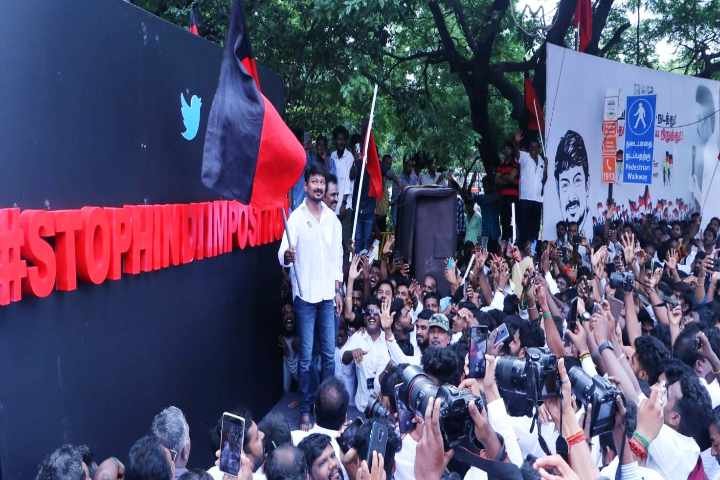
The debate over language policy in India, for instance, often plays out on social media platforms. Hashtags like #StopHindiImposition have trended during discussions about the use of Hindi in non-Hindi-speaking states, reflecting the complicated relationship between regional and national identities in the digital space.
The role of social media in shaping and strengthening collective identities in India presents both positive and negative consequences for democracy. While it provides unprecedented opportunities for community building, political engagement, and the amplification of marginalized voices, it also risks deepening societal divisions and creating echo chambers. As it navigates its digital democracy, India must prioritize creating inclusive online spaces that respect diversity while maintaining national unity.
Cyber Activism
The rise of social media has given birth to a new form of political and social engagement: cyber activism. In India, this digital activism has become a powerful tool for citizens to voice their concerns, organize movements, and hold those in power accountable. Let’s explore how cyber-activism is shaping India’s democratic landscape.
The Power of Online Petitions and Campaigns
Thanks to online platforms, citizens now have a convenient way to launch and engage in campaigns for social and political change. Platforms such as Change.org and X (formerly Twitter) have emerged as popular hubs for grassroots activism in India.
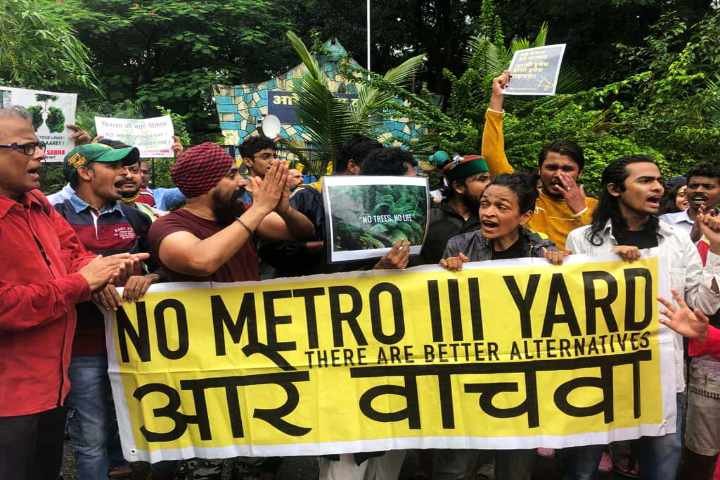
A notable example is the “Save Aarey” campaign in Mumbai. Environmentalists used social media to raise awareness about the ecological impact of building a metro car shed in Aarey Colony, one of the city’s few green lungs.
The online campaign, which included petitions, hashtags, and viral content, garnered widespread support. Eventually, in July 2022, the Metro 3 carshed at Aarey was permitted. However, the Save Aarey movement changed the core of Mumbai City in many ways, and many consider it the next biggest environmental movement after the Chipko movement.
Social Media as a Tool for Accountability
Social media platforms have emerged as powerful tools for holding public figures and institutions accountable. Citizens can now directly engage with politicians, government bodies, and corporations, demanding transparency and action.
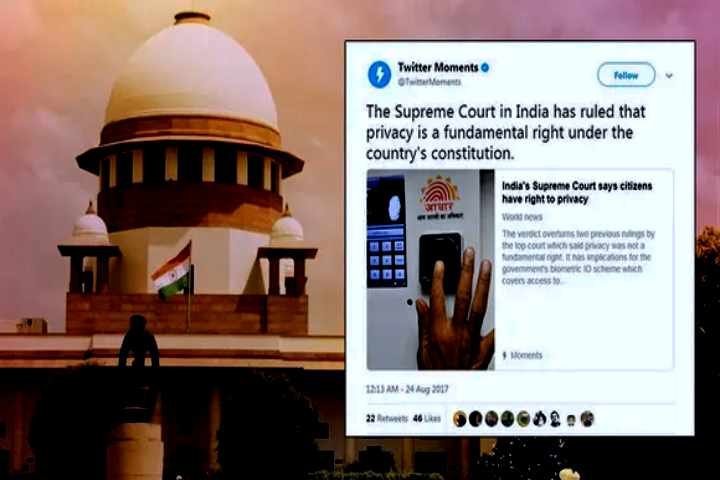
The #RightToPrivacy campaign was instrumental in the lead-up to the Supreme Court’s groundbreaking judgment recognizing privacy as a fundamental right in 2017. Activists, lawyers, and concerned citizens utilized the platform to disseminate information, engage in debates, and garner public support for the right to privacy, especially in relation to the Aadhaar biometric identification system.
Crowdsourcing and Collaborative Activism
Social media enables large-scale collaboration and crowdsourcing of ideas and resources for activist causes. This has been particularly effective in disaster relief efforts and social welfare initiatives.
During the COVID-19 pandemic, Twitter became a lifeline for many Indians seeking medical resources. Volunteers used hashtags like #CovidSOS to coordinate efforts, connect patients with oxygen suppliers, and share information about hospital bed availability. This grassroots digital response showcased the potential of social media to facilitate rapid, community-driven action in times of crisis.
Amplifying marginalized voices
Cyberactivism provides a platform for marginalized communities to challenge mainstream narratives. Social media has been crucial in drawing attention to issues that traditional media might overlook. The #DalitWomenFight campaign highlights the intersectionality of caste and gender-based discrimination in India, using personal stories and calls to action to advocate for policy changes.
Challenges and Limitations of Cyber Activism
While cyber activism has proven to be a powerful force in India’s democracy, it also faces significant challenges.
1. Digital Divide: Despite rapid growth in internet penetration, a significant portion of India’s population still lacks access to digital technologies. This digital divide can exclude certain groups from online activism and democratic participation.
2. Slacktivism: There’s a concern that online activism might lead to “slacktivism,” where people engage in token shows of support without meaningful action. The challenge lies in translating online engagement into real-world impact.
3. Government Surveillance and Censorship: As cyber activism grows, so do concerns about government surveillance and attempts to restrict online freedom of expression. The ongoing debates around India’s IT rules and their impact on social media platforms highlight the delicate balance between regulation and free speech in the digital space.
4. Trolling and Online Harassment: Cyber activists, particularly those from marginalized communities or those addressing controversial issues, often face online harassment and trolling. This can have a chilling effect on free expression and democratic participation.
The Future of Cyber Activism in India’s Democracy
Cyber activism is expected to influence India’s digital transformation and significantly impact the country’s democratic processes. Policymakers, tech companies, and civil society must create an online environment that promotes positive activism while addressing the dangers of misinformation, polarization, and digital exclusion.
Implementing digital literacy programs, fact-checking collaborations, and inclusive tech policies will be essential to maintaining cyber activism as a force for positive change in India’s democracy.
Conclusion
The role of social media in India’s democracy is complex and multifaceted. From facilitating the rapid sharing of information to creating new collective identities and enabling powerful forms of cyber activism, social media platforms have fundamentally altered the landscape of civic engagement and political participation in the world’s largest democracy.
Social media has the potential to strengthen democratic processes, amplify marginalized voices, and hold power to account. However, it also comes with challenges such as spreading misinformation, creating echo chambers, and enabling surveillance and censorship.
Promoting digital literacy, encouraging responsible online behavior, and creating regulations that safeguard free expression while addressing the special challenges of the digital era are keys to unlocking social media’s benefits and reducing its risks.
As India continues to progress in its digital democracy, the relationship between social media and democratic processes will definitely evolve. By staying watchful, adaptable, and dedicated to democratic values, India can aim for a digital future that enhances, rather than undermines, its vibrant democracy.
The CUET UG Mass Communication syllabus contains this topic under the Social Media section.

